History rowing the history of rowing on kayaks and canoe begins for many millennia BC – since that person, when a person dared to go into the water using as a means of movement
Rowing history
The history of rowing on kayaks and canoe begins for many millennia BC – since that time, when a person dared to go into the water, using a means of transporting a tree, bust of branches or cane. At first, the role of cheerful and steering wheel was performed hands or feet.
The first ships from the papyrus, built more than 6 thousand years ago, were found in Egypt. In the same place on the tombstone, made approximately 2.4 thousand years before. E., "Decoded" image of two boats: one moved with the help of cheerful, reinforced on board, the other – with the help of sitting rowes with oars in hand.
In the middle of the 20th century, the English archaeologist Sir Charles Wolela during the excavations of the Schumersky Tsar's grave discovered a silver canoe boat. According to the description, this canoe is about 6 thousand years ago, it was presented to the ruler to travel on the River "to the Dead Kingdom".
In Russia on the shores of Lake Ladoga and the Don River, oak chelny were found, spent more than 4,000 years ago. Boats resembling canoeing and kayaks were used for movement, trade and hostilities by residents of Africa, Latin America, Canada, South Asia, Chukotka.
In Brazil, the tribes of the Indians living on the banks of rivers are used for hunting, fishing and quality of vehicles on water pies, which are canoe prototypes, they are extended from solid tree trunks; On the island of Easter, in Peru – boats from the canthage. In the Arctic districts, poor trees, and now use boats from animal leather.

So, the Eskimos produce boats from sealing skins, which are kayak prototypes. Kayaks for 1 – 3 people, stitched from above the belt rowing apron, used mainly for hunting. On boat-kayaks with a flat bottom rowing, as a rule, women. Multipity boats served primarily by vehicles or used in whale hunting. Both types of boats were distributed in areas from Eastern Siberia to Greenland.
When a person learned to make boats from tree trunks, at the same time, obviously, the prototypes of cheerful for canoe and kayak appeared. If a person managed to do with a pole in a shallow water, then on deep water and with the waves he could manage the boat only in the position "Sitting" to row a short oars from one side (like on canoe). At the same time, on narrow boats, it was possible to work with oars from both sides (then a two-bladed catering paddle appeared).
The first clubs rowes
The large propagandist of these boats and the founder of a new sport, which eventually deserved recognition around the world, began to live in London Scottish lawyer John Mak Gregor. In 1865, he, having a prototype Eskimo kayak, designed and built for himself a boat, which called Rob-Roy.It was 4.57 m long and a width of 0.76 m. Sheathing – clinker, out of oak; Deck – from cedar. The parameters of the second boat of Mak Gregor – 4.26 and 0.66 m. The owner traveled a lot on it on lakes and rivers of Central Europe, as told in the book "1000 miles on Rob-Roy". In subsequent years, he described his journeys in Norway, Sweden, Denmark, Northern Germany and the Baltic Sea, as well as on the Jordan River, the Red Sea and the Suez Channel. These travels received international fame and caused great interest. In 1866, Mac Gregor became the founder of the world's first rowing club – the English Royal Club of Rowing Fans on Kayaks and Canoe.
In 1867, the English Royal Canoe Club organized the first catering regatta, and in 1874 he established prizes for the winners of annual rowing regat on the "Cup of the challenge" and the competition for sailing canoeing.
By 1885, kayaking competitions in many parts of Europe, where row clubs were opened by the time, they took the formal regatta form. In addition to these clubs, England and America organized rowing clubs in Germany – in Breslau (1876), Bonn and Hanover (1885), Berlin and Lübeck (1886). True, they soon ceased existence. Functions were functioned in Sweden (from 1900), France (from 1904), yacht club in Prague (from 1908), etc.
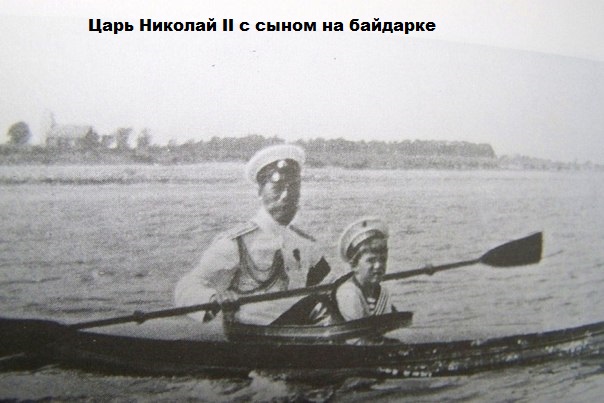
In Russia, the first rowing club organized residents of the coastal strip of the Neva in St. Petersburg, engaged from 1858 in the mug of lovers of rowing "sailor for all hands." In 1860, this circle was received by the official charter and was renamed the St. Petersburg river yacht club, which was developed by the row at academic and national courts and in kayaks.
History of the Federation
The period of "smooth water" occurred: the rowers participated in periodic races, in many countries were organized and successfully functioned associations and unions, specialized magazines were published. Rowing sport developed in a calm pace, without any significant events, until January 1924 came.
On January 19 and 20, a meeting of delegates was held in the capital of Denmark Copenhagen, on which it was decided to establish international representation of Canoea – IRK. Later, in 1946 he was renamed ICF (ICF – the international federation of rowing on kayaks and canoe). The following goals were set:
– organize international rowing competitions;
– establish links between clubs and associations of different countries;
– engage in propaganda rowing;
– Enable canoeing on kayaks and canoeing in the Olympic program.
Olympic Rowing Story
In 1936, in Berlin at the XI Olympiad, kayakers and canoesists for the first time in history received the right to fight for the Olympic medals, however, only men and only alone and twins of the year (for the first time the species was presented at the 1924 Olympic Games as an unofficial species). The ladies were allowed to participate only in 1948 in the XIV Games in London.
Developing rowing as a sport, published a new level.
Until 1950, domestic rowers were completely isolated, were not able to participate in international sports events, nor contact with foreign colleagues. The Olympic Games of 1952 became a sign for Soviet rowing sports: our team debuted and brought home bronze medal, Saratov Rowing Lev Nikitin in the distance of Luxury Kayakok at a distance of 1000 meters took 8 place.
For many years, leadership positions at the first world championships held representatives of Germany, Sweden, Czechoslovakia, Austria, Denmark and Norway. But in 1956 they had to give way to the USSR athletes. In total, the Soviet canoesists and kayakers participated in 20 championships, taking the first team in 16 of them.
Today…
To date, rowing on kayaks and canoe is one of the most medaleous Olympic sports. Ideally, the participating country can conquer 12 gold medals at distances 200, 500 m and 1000 m.
Olympic Games are not the only opportunity to become a winner. Championships and World Cups, European Championships, Grand Provisions, championship for juniors, a variety of international regatta are systematically held.
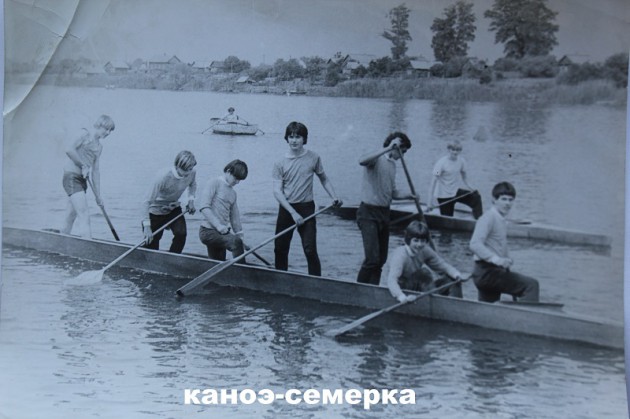
The program of all international regattas and championships includes competitions on kayaks and canoeing solutions, twos and fours on distances 200 m, 500 m and 1000 m.
The international federation of rowers is engaged in the constant development of this sport and makes changes to the rules of the competition. The number of Federation members increased to 150 (as of 2000), and the number of rowing lovers does not give in to counting, and only increases.
History of Saratov School Rowing on Kayaks and Canoe
The Charter of the Saratov Rowing Club was adopted on September 16, 1876. Thus, Saratov became the third after St. Petersburg (1860) and Moscow (1876) the city, which began to develop rowing sports in our country. In the first rowing clubs, sailing and boat rowing developed.
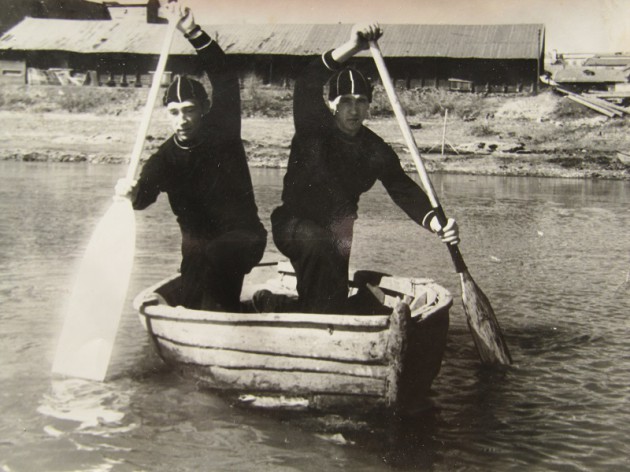
The history of the Saratov school rowing on kayaks and canoe takes its beginning in the post-war years, when in 1948 some pops-populations from boats began to reset in kayaks and canoees Two place take 2 place.
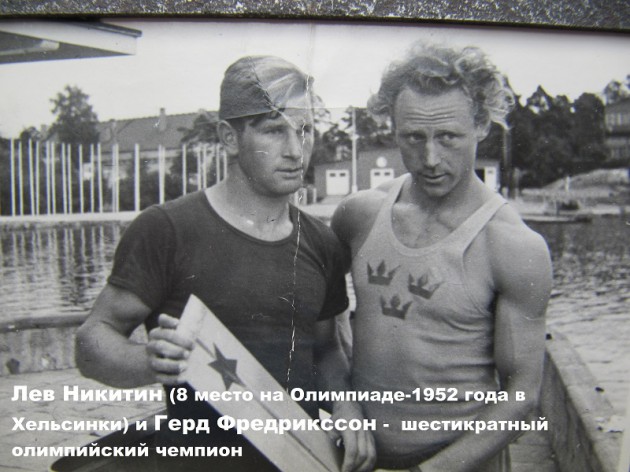
Lev Nikitin from 1951 to 1955 becomes champion of the USSR, and in 1952. It takes 8th place at the Olympics in Helsinki. The winners and winners of the All-Russian competition were Genady Sazhnov (1953 1 place), Anatoly Sizov (1953 2nd place), Anatoly Sakharov, Yuri Kaletiev, Viktor Gnatenko, Vladimir Lyakhov (1954. relay 2 place), Victor Bulls (1955 2 ), George Lenznev (1964 3 place). Among the first canoesists Konstantin Bakteyev and Anatoly Chernogayev.
Rowing on kayaks and canoe firmly fixed on the Volga.
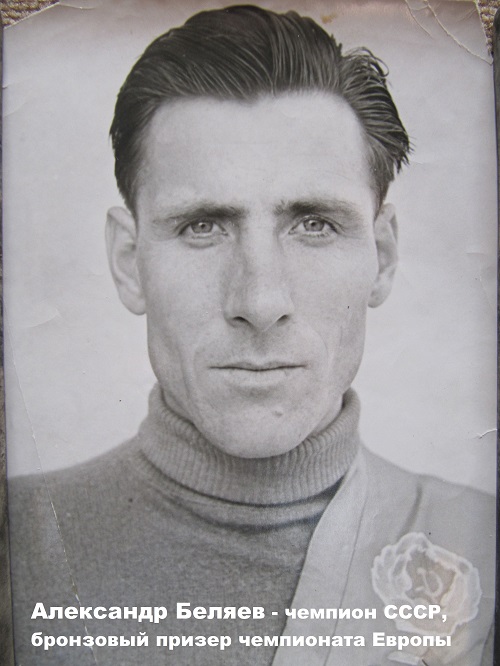
Soon coach V.A. Bykov invites the strongest canoeist of A.P. Belyaeva to Saratov (Champion of the USSR, Bronze medalist of the European Championship).
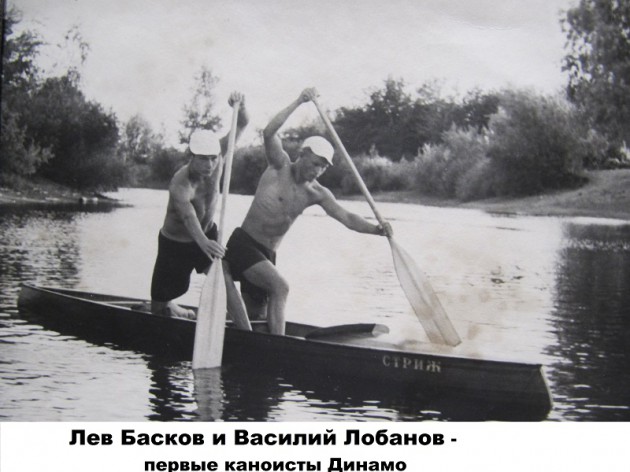
Stubborn work of coaches gives its fruits. We continue to successfully perform Viktor Bykov, Vladimir Lyakhov, Alexander Gorbachev, Boris Barmin, Nikolai Sorokin, Victor Lipatov, Valery Korneev and Fyodor Gudkov.
Pupils of the young coach V.I. Tuzhilkin Lev Levushkin, Vladimir Beloborodov, Nikolai Prokopenko and Dmitry Usanov become masters of sports of the USSR.
In 1964, Alexander Gorbachev takes part in the European Championship and becomes a bronze medalist of the USSR Championship.
The next important stage for the development of rowing on kayaks and canoeing in the Saratov region is the discovery of the bridge between Saratov and Engels. And experienced trainers begin to master the lake "Sazani Erik" (Oz. Sazanka). The first was Yu.s Kucherenko, he ranked under the construction of a water-sports base at a 500-meter mark. Many famous athletes go to coaching work, among which A.P. Belyaev, V.T. Majorov, V.N. Chernetov. And a new stage begins in the history of rowing rowing on kayaks and canoe in the Saratov region.
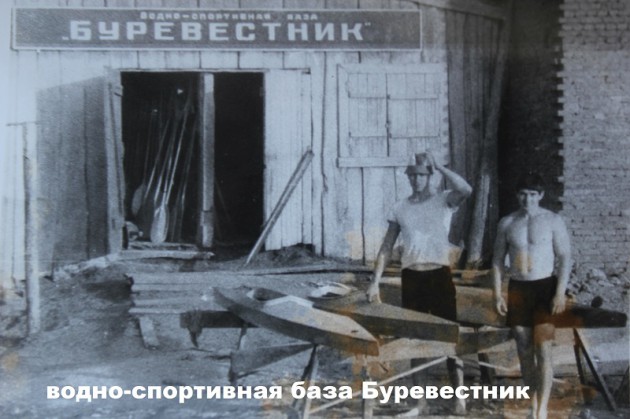
At the place of future bases began to build Elingi for storing boats. In 1968, the inhabitants of Hengels are involved in a new sport-rowing site for kayeks and canoeing. And in 1969, the USSR Championship among young people is held at Ozzazanka for the first time. In 1971, new names are appeared in the sports chaise of the city of Engels: Vyacon Dyachkov, Sergey Evseev, Natalia Chernyshova, Lyudmila Steklov, Oleg Prikyin, Alexey Chekalin, Lyubov Suvorov. The strong group of Kanoisov prepared V.T. Mailorov: Sergey Volchkov and Alexander Baybikov- Winners of the USSR championship, Evgeny Peresreev-MSMK, Champion of the USSR, Ivan Majorov-Champion of Russia, Bronze medalist of the USSR Championship.
Starting from 1948 to the present, Saratov rings at international competitions conquered medals: 46 bronze, 73 silver and 64 gold. 13 Masters of Sports of International Class and 2 Honored Master of Sport prepared. Awarded the title "Honored Coach of Russia": Trunin Vladimir Kompyovich, Nelovko Aleksey Vasilievich, Lukyanov Sergey Vasilyevich, Gavrilin Evgeny Vyacheslavovich, Panferova Olga Ivanovna, Honorary title "Honored Worker of Physical Culture of the Russian Federation": Shevchenko Yuri Mikhailovich and Proskurina Olga Nikolaevna.
At the Olympic Games, the Saratov region represented:
– Lev Nikitin – Finalist of the Olympic Games in Helsinki (8th place), 1952;
– Alexander Kovalev – Silver and Bronze medalist of the Olympic Games in Athens, 2004;
– Sergey Welgin – Silver medalist of the Olympic Games in Beijing, 2008;
– Natalia Lobova – Finalist of the Olympic Games in London (6th place), 2012;
– Kira Stepanova – Finalist of the Olympic Games in Rio de Janeiro (5th place), 2016.
– Kira Stepanova – a member of the Olympic Games in Tokyo (12th place), 2020.










